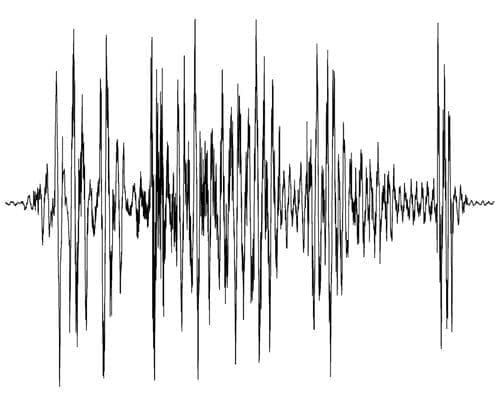Mines, quarries, food processing plants and other facilities use level measurement instruments to calculate how much product they manage on a minute-by-minute basis. The type of technologies these devices use include laser, radar, ultrasonic and gravitational.
Ultrasonic options use sound pulses at a high frequency (typically, four times per second) to deduce how much liquid resides within a bin, vat or other holding tank. In this article, we'll detail everything plant managers need to know about these particular instruments.
Ultrasonic level measurement: Fundamentals
Ultrasonic level measurement devices, at a basic level, are comprised of two components:
- A highly efficient transducer
- An electronic transciever
These elements are necessary for the device's function. What they do is operate together to calculate the amount of time it takes for an ultrasonic echo to hit the surface of a liquid, slurry or solid and return to the transducer. The instruments are placed at the top of a holding asset, shooting ultrasonic waves downward.
From a more technical standpoint, the transducer contains a piezoelectric crystal, which converts electrical pulses into ultrasonic energy. The scale of the waves can be configured based on the content inside a tank. For instance, personnel will configure a level measurement device depending on the type of product a facility handles.
Depending on the manufacturer, some instruments may be connected to central administration systems. This enables facility employees to control the devices remotely as well as collect level measurement data in real time.
Possible issues
Like other man-made devices, level measurement instruments are subject to wear and tear. Environmental elements may slowly degrade certain components, thereby compromising the device's integrity.
Siemens, one company that produces level measurement devices, noted that even a factor as simple as dust can throw off readings. This is typically a problem in facilities that process grain, powdered sugar, lime powder, cement and fly ash.
At times, when ultrasonic level measurement gauges are exposed to high levels of dust, they'll lose their signals. This doesn't necessarily mean the problem lies with the device. The real issue lies in how a facility is maintaining an ideal operational setting.
With this in mind, plant managers should proactively maintain their instruments to ensure minute problems don't balloon into major issues. Setting up a contract with service technicians to regularly visit their sites and check the devices can go a long way in preventing disruptions.



Recent Comments